Albania/History , Geography, Customs & Traditions
Albania and Albania people in Europe
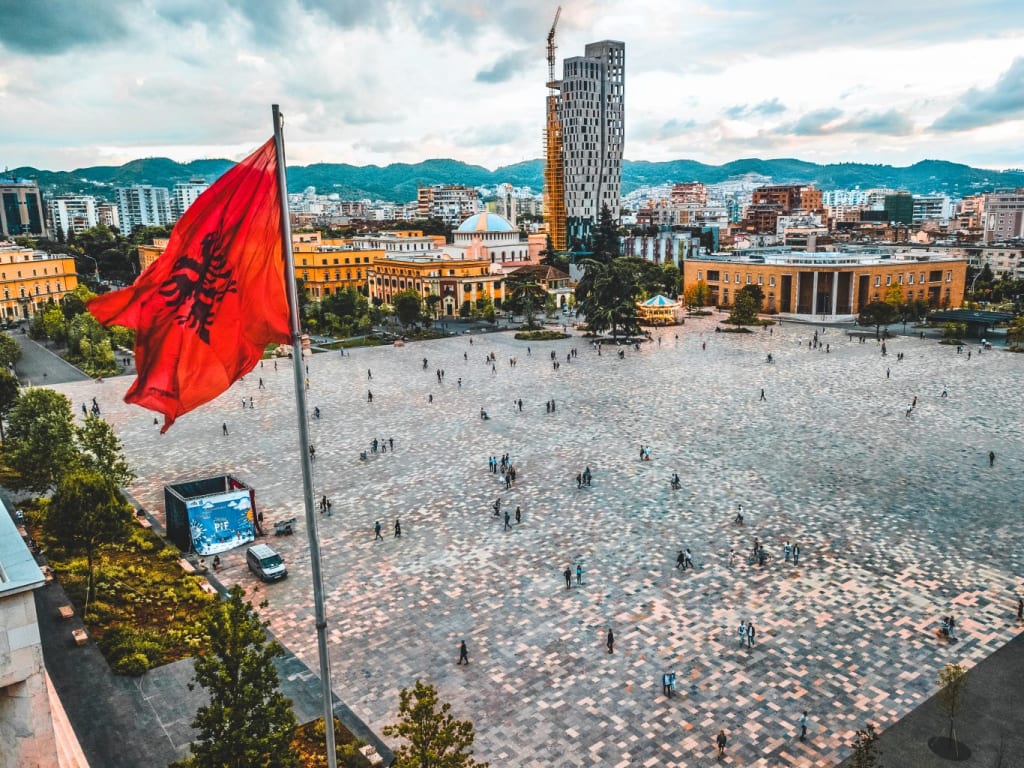
Also known as: Arbëri, People’s Republic of Albania,Republika e Shqipërisë.
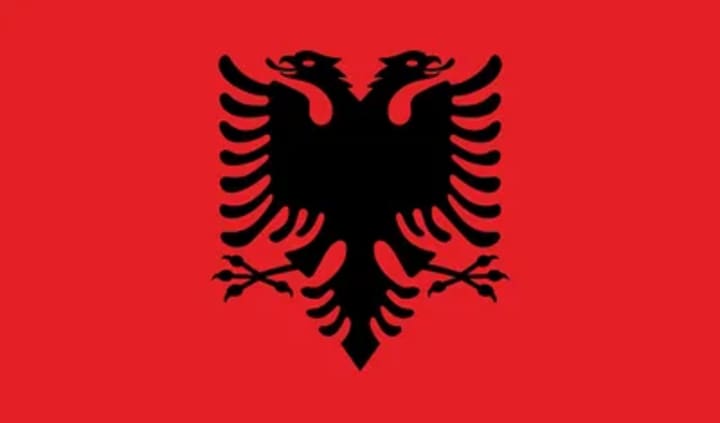
Albania, country in southern Europe, located in the western part of the Balkan Peninsula on the Strait of Otranto, the southern entrance to the Adriatic Sea. The capital city is Tirana (Tiranë).
Albanians refer to themselves as shqiptarë—often taken to mean “sons of eagles,” though it may well refer to “those associated with the shqip (Albanian) language”—and to their country as Shqipëria. They generally consider themselves to be descendants of the ancient Illyrians, who lived in central Europe and migrated southward to the territory of Albania at the beginning of the Bronze Age, about 2000 BCE. They have lived in relative isolation and obscurity through most of their difficult history, in part because of the rugged terrain of their mountainous land but also because of a complex of historical, cultural, and social factors.
Because of its location on the Adriatic and Ionian seas, Albania has long served as a bridgehead for various nations and empires seeking conquest abroad. In the 2nd century BCE the Illyrians were conquered by the Romans, and from the end of the 4th century CE they were ruled by the Byzantine Empire. After suffering centuries of invasion by Visigoths, Huns, Bulgars, and Slavs, the Albanians were finally conquered by the Ottoman Turks in the 15th century. Ottoman rule cut off Albania from Western civilization for more than four centuries, but in the late 19th century the country began to remove itself from Ottoman influence and to rediscover old affinities and common interests with the West.
Albania was declared independent in 1912, but the following year the demarcation of its boundaries by the great powers of Europe (Austria-Hungary, Britain, France, Germany, Italy, and Russia) assigned about half its territory and people to neighbouring states. Ruled as a monarchy between the World Wars, Albania emerged from the violence of World War II as a communist state that fiercely protected its sovereignty and in which almost all aspects of life were controlled by the ruling party. But with the collapse of other communist regimes beginning in 1989, new social forces and democratic political parties emerged in Albania. That shift reflected the country’s continuing orientation toward the West, and it accorded with the Albanian people’s long-standing appreciation of Western technology and cultural achievements—even while retaining their own ethnic identity, cultural heritage, and individuality.
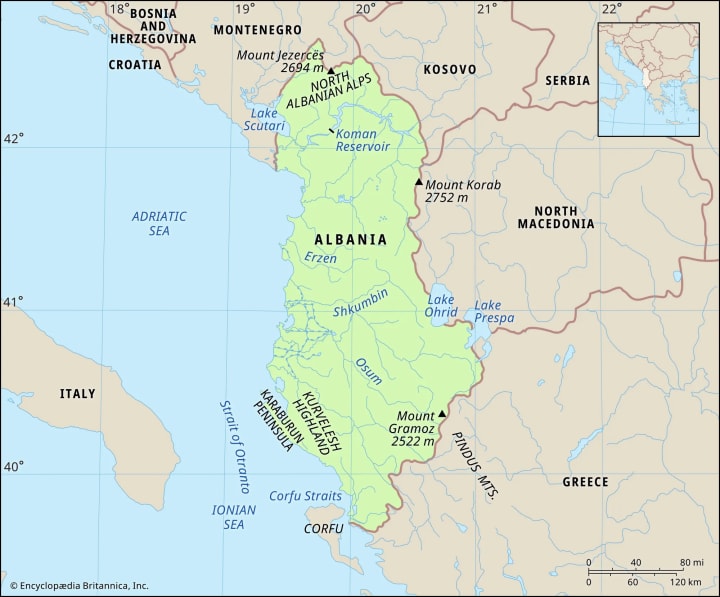
Land of Albania
Albania is bounded by Montenegro to the northwest, Kosovo to the northeast, North Macedonia to the east, Greece to the southeast and south, and the Adriatic and Ionian seas to the west and southwest, respectively. Albania’s immediate western neighbour, Italy, lies some 50 miles (80 km) across the Adriatic Sea. Albania has a length of about 210 miles (340 km) and a width of about 95 miles (150 km)
Drainage
The longest river in Albania is the Drin (about 175 miles [280 km]), which originates in Kosovo. Other main rivers are the Seman, Shkumbin, and Vjosë, all of which drain the central part of the western plains. Albania also has many lakes, the most important of which are Lake Scutari (known in Albania as Lake Shkodër) in the northwest and Lakes Ohrid and Prespa along the eastern border.
Albania: Ethnic composition
Albania has one of the most homogeneous populations in Europe, with non-Albanians accounting for less than one-tenth of the total population. The largest minorities are Vlachs; Greeks, concentrated mainly in the southeast; and Macedonians, living along the eastern border.
The two main subgroups of Albanians are the Gegs (Ghegs) in the north and the Tosks in the south. Differences between the two groups were quite pronounced before World War II. Until the communist takeover in 1944, Albanian politics were dominated by the more numerous Gegs. Renowned for their independent spirit and fighting abilities, they traditionally opposed outside authority, whether that of foreign invaders or that of the Albanian central government. Traditional Geg society was based on tribal groups, each one led by a clan chieftain, or bajraktar. Under the communist regime, this clan system largely disappeared from Albania, but the patriarchal families characteristic of the Gegs are still evident among ethnic Albanians in Serbia, Montenegro, Kosovo, and North Macedonia.
Because their southern territories were easily accessible to the outside world, the Tosks were more subject to foreign influence than the Gegs. Before World War II, theirs was a mostly semifeudal society. The peasantry, which made up most of the population, lived at the subsistence level, while a small group of large landowners controlled about two-thirds of the land. The communist movement drew most of its initial support from Tosks in the south.
The disintegration of ethnic Albanians
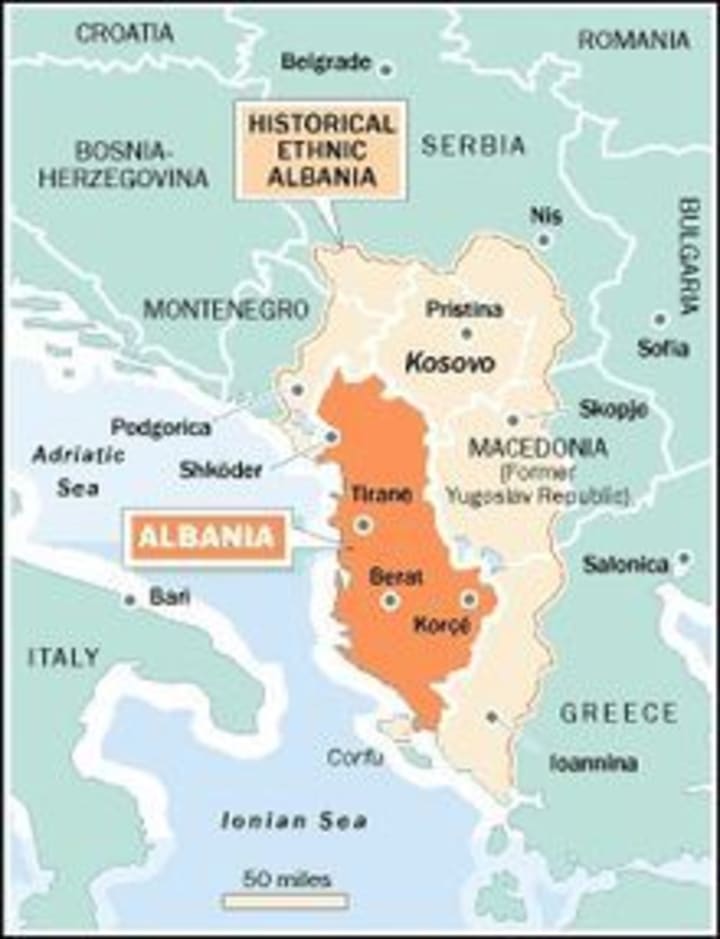
On 8 October 1912, Montenegrin troops marched in the vilayet of Shkodra. That was followed by Serbia, Bulgaria, and Greece to declare war on Ottoman Empire, thus starting the First Balkan War. Montenegrin, Serbian and Greek forces advanced in territories which were majorly populated by Albanians, and tried to change the ethnic reality through extermination of the Albanian population, with around 25 000 Albanians killed by early 1913.Alarmed at the plans of Montenegro, Serbia and Greece to partition between them the territories of the western Balkans, the Albanians delegates met at a congress in Vlorë, where on 28 November 1912 declared the independence of Albania.
On 3 December 1912, the ambassadors of the six Great Powers of that time (Great Britain, France, Germany, Austria-Hungary, Russia and Italy) met in London to decide about the fate of the Albanian-inhabited territories. After much discussion, the Ambassadors reached a formal decision on 29 July 1913 to establish the Principality of Albania which independence would be recognized, It was agreed by the Great Powers that Serbia would not extend to the coast and that an Albanian state would be created. Austria-Hungary argued that all Albanian inhabited lands should be included in it but was opposed by France and Russia.More than half of the territory of the Independent Albania and about 30%-40% of the ethnic Albanian population would be awarded to Serbia, Montenegro, and Greece. Though deprived of more than half of its ethnic territory, Albania would be a sovereign state independent of the Ottoman Empire
Albania: Traditional religious groups
As a legacy of nearly five centuries of Ottoman rule, Albania is a predominantly Muslim country. However, as a result of the rigid enforcement of atheism during the communist regime, today most Albanians are adherents of religious groups in name only and practice largely secular lifestyles. In 1967 the communist party officially proclaimed Albania an atheistic country and commenced to close all places of worship (churches, mosques, and zāwiyahs), confiscate their property, and ban religious observances. For the whole of its 45 years of absolute rule, the party engaged in large-scale persecution of believers. Only in 1990, when freedom of worship was restored, did churches and mosques begin reopening.
In the early 21st century about seven-tenths of the Albanian population was nominally Muslim, more than half of them Sunni Muslims and the next largest group being the Bektashi sect. Those who identified with Eastern Orthodoxy constituted about one-fifth of the population, and those associated with Roman Catholicism constituted about one-tenth. Muslims are spread throughout the country, although they particularly dominate the centre. Roman Catholics have settled primarily in the northern part of the country, mainly in the city of Shkodër, while Orthodox Christians are prominent in the southern districts of Gjirokastër, Korçë, Berat, and Vlorë. Mother Teresa, a Skopje-born ethnic Albanian who served as a Roman Catholic missionary to India in the 20th century, is a folk hero in Albania.
Economy of Albania
Before 1991 the ruling communist party directed the country’s entire economy through a series of five-year plans. All means of production were under state control, agriculture was fully collectivized, industry was nationalized, and private enterprise was strictly forbidden. In addition, a provision of the constitution prohibited the government from seeking foreign aid, accepting loans, or allowing foreign investment, which contributed to Albania’s reputation as isolationist. In the postcommunist period, economic decision making was decentralized, and restrictions on private trade were lifted. Foreign investment was pronounced by the mid-1990s, with assistance coming from the United States, the European Union, and the International Monetary Fund. By the middle of that decade, Albania boasted the fastest-growing economy on the continent, but, as one of Europe’s poorest countries, it was still considered less developed.
Albania’s economic transition stumbled in 1997 when individual investors, constituting perhaps one-third of the country’s population, fell prey to a pyramid finance scheme that devastated the national economy and led to weeks of anarchy. A UN-sponsored multinational force was called to restore order. This chaos, compounded by the Kosovo conflict at the end of the decade, led to fractious political polarization that slowed the development of the Albanian economy for several years. Still, economic reform continued, and, at the beginning of the 21st century, Albania was recording modest annual growth in gross domestic product (GDP). Remittances from Albanians working abroad account for a significant amount of revenue. Although more than four-fifths of the economy has been privatized since the 1990s, the transformation process has been slow and uneven.
Services
The service sector contributes about two-fifths of the country’s GDP and employs about one-fifth of the economically active population. Albania’s tourism sector was virtually nonexistent before 1992, and it remained relatively underdeveloped at the turn of the 21st century compared with the rest of the region, mainly due to poor infrastructure and political instability. Nevertheless, major restorations of architectural and cultural monuments and the construction of hotels and other tourist-oriented facilities along the coastline started to attract large numbers of visitors in the early 2000s. The 290-mile (470-km) coastline along the Adriatic is well known for its splendid beaches. Albania also has many archaeological treasures. A number of excavations in the late 20th and early 21st century have uncovered ruins and artifacts from antiquity. One of these archaeological sites is Butrint—at one time a Greek colony, a Roman city, and a Byzantine port—which was designated a UNESCO World Heritage site in 1992 and a national park in 2000.
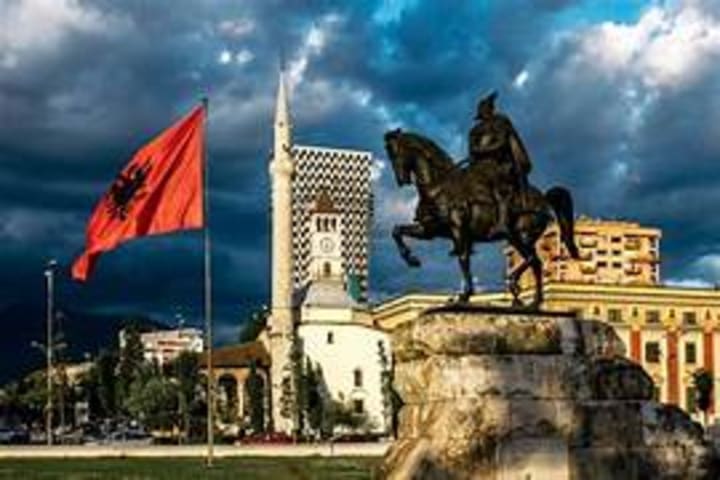
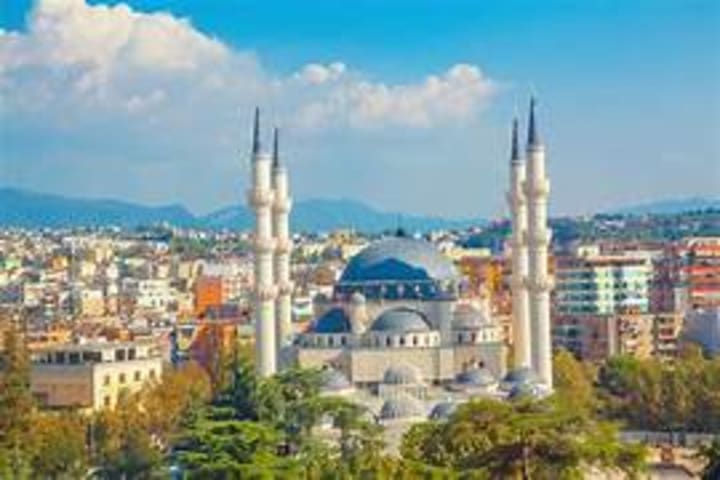
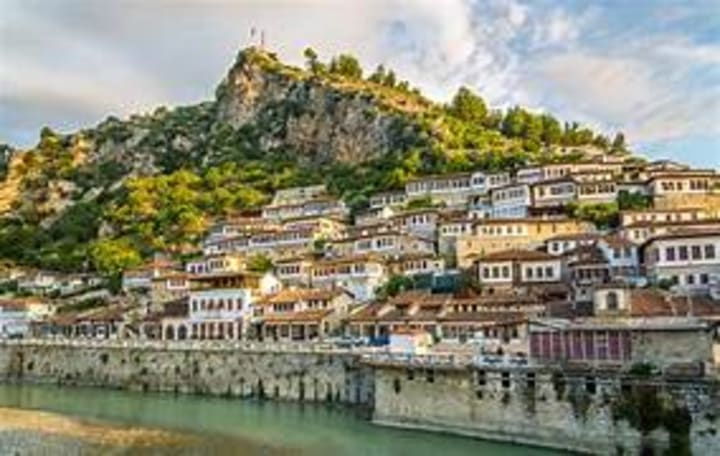
About the Creator
Jonida G
Publications from the region and the world.
A quick newsletter,a writer and an analyst for several years in this humane and impressive profession.
Enjoyed the story? Support the Creator.
Subscribe for free to receive all their stories in your feed. You could also pledge your support or give them a one-off tip, letting them know you appreciate their work.



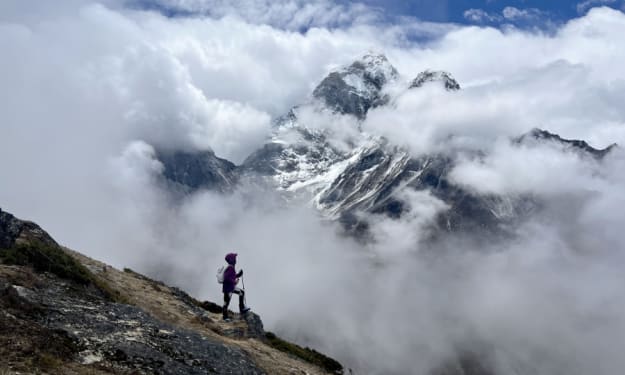


Comments
There are no comments for this story
Be the first to respond and start the conversation.